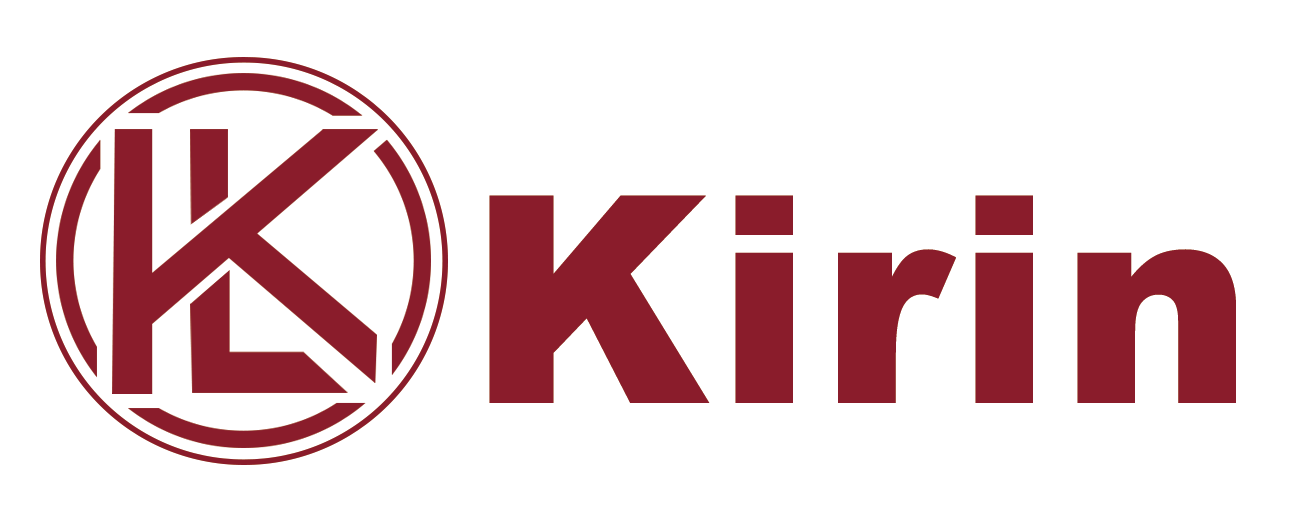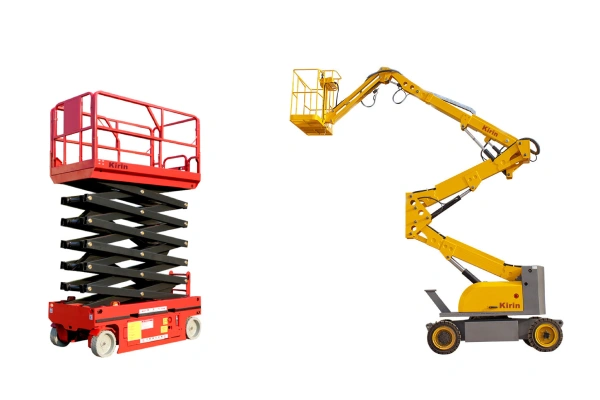Key Takeaways
- Construction lifts are essential equipment for safe and efficient work at height on various job sites.
- Boom lifts offer impressive horizontal and vertical reach, categorized into articulating, telescopic, and towable types.
- Scissor lifts provide stable, vertical platforms, with electric and tracked variants suited for different terrains.
- Specialized lifts like vertical mast lifts offer compact solutions for confined spaces.
- Choosing the right construction boom lift depends on factors like height, reach, terrain, and power source.
- These lifts are crucial for a wide range of applications, from building construction to maintenance and utility work.
Understanding Construction Lifts
In the demanding world of construction, reaching elevated work areas safely and efficiently is paramount. This is where construction lifts come into play. These indispensable pieces of heavy equipment are designed to lift workers, tools, and materials to various heights, enabling tasks that would otherwise be impossible or extremely dangerous. From towering skyscrapers to routine maintenance, the right construction lift can significantly enhance productivity and safety on any job site.
Boom Lifts: Reach New Heights
When it comes to versatility and reach, the construction boom lift stands out. Characterized by their extendable arms, these lifts can access difficult-to-reach areas, making them a staple in numerous construction scenarios. There are several types of boom lift construction professionals rely on:
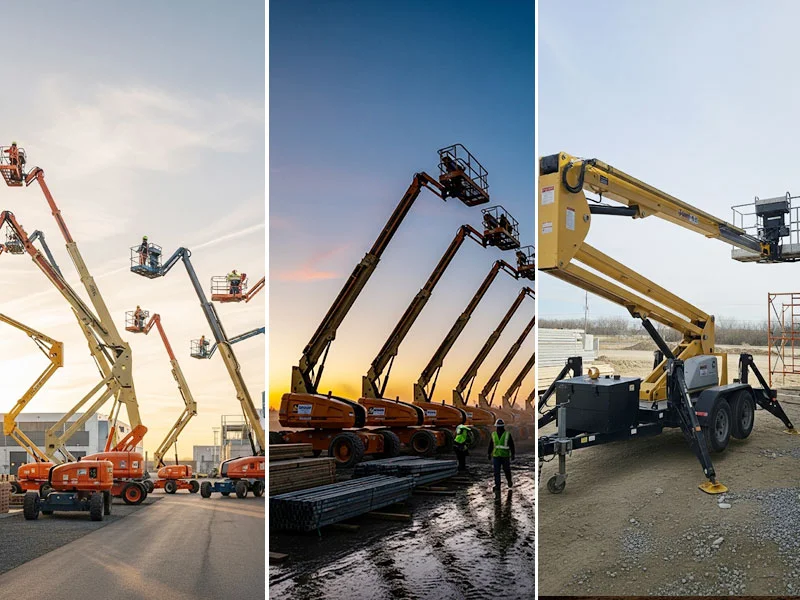
Articulating Boom Lifts
Also known as “knuckle booms,” articulating boom lifts feature multiple pivot points or “knuckles” in their arm. This design allows the platform to move up, over, and around obstacles, providing incredible flexibility for reaching confined or obstructed work areas. They are ideal for tight spaces and complex elevation challenges.
Telescopic Boom Lifts
Telescopic boom lifts, often called “straight booms” or “stick booms,” have a single, straight arm that extends telescopically. They offer greater horizontal outreach and higher weight capacities compared to articulating models. Their robust design makes them perfect for tasks requiring maximum reach and stability, such as steel erection, bridge inspection, or large-scale façade work.
Towable Boom Lifts
Towable boom lifts are smaller, lighter versions of articulating or telescopic booms that can be easily hitched to a standard truck or SUV. Their portability makes them an excellent choice for multiple job sites or projects where a self-propelled unit isn’t necessary or feasible. They are commonly used for tasks like tree trimming, exterior painting, or light maintenance.
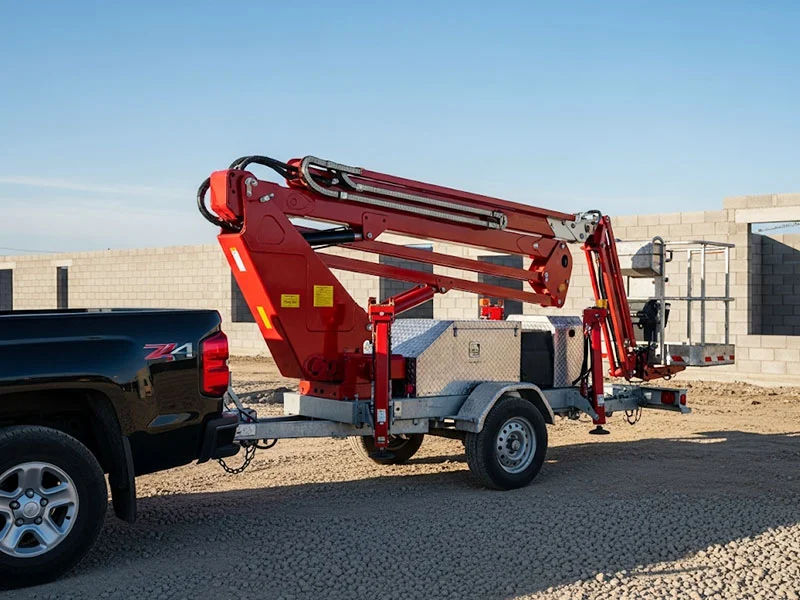
Scissor Lifts: Vertical Mastery
While not a construction boom lift in the traditional sense, scissor lifts are crucial for vertical access and are often discussed alongside boom lifts due to their similar applications in construction.
Electric Scissor Lifts
Electric scissor lifts are powered by batteries, making them quiet, emission-free, and ideal for indoor use or environments where noise and fumes are a concern. They offer stable, vertical platforms for tasks like installing overhead utilities, interior finishing, or stock picking in warehouses.
Tracked Scissor Lift
Tracked scissor lifts, sometimes called “rough terrain scissor lifts,” are equipped with tracks instead of wheels, allowing them to navigate uneven, soft, or challenging outdoor terrain. They provide a stable work platform on slopes and difficult job sites, commonly used for exterior construction and landscaping.
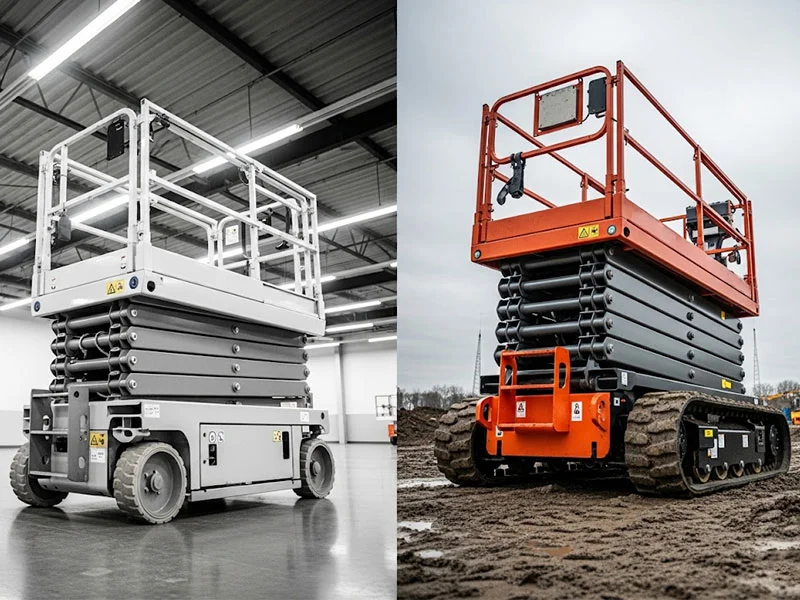
Specialized Lifts: Vertical Mast Lifts
Vertical mast lifts are compact and agile, designed for tasks in confined spaces where larger boom or scissor lifts might not fit.
Mast Lift With Jib
A mast lift with a jib offers enhanced versatility. The jib, a short, articulating arm at the end of the main mast, allows for greater reach over obstacles and precise positioning of the platform, making it ideal for intricate installation work.
Self-Propelled Telescopic Mast Lift
These lifts combine the compact footprint of a mast lift with a telescoping mast, offering greater vertical reach within a small base. They are highly maneuverable and efficient for tasks like HVAC installation or electrical work in tight spots.
Self-Propelled Mast Vertical Lift
Similar to the above, the self-propelled mast vertical lift prioritizes vertical access in a compact, self-contained unit. They are often used for general maintenance, inventory management, and ceiling work where minimal floor space is available.
Selecting the Right Construction Lift
Choosing the appropriate construction boom lift or other access equipment involves careful consideration of several factors:
- Height and Reach Requirements: What is the maximum height and horizontal reach needed for the task?
- Work Area and Terrain: Is the work indoors or outdoors? Is the terrain flat, rough, or sloped?
- Weight Capacity: How much weight (workers, tools, materials) needs to be lifted?
- Power Source: Is electric, diesel, or hybrid power more suitable for the environment and task?
- Maneuverability: How much space is available for the lift to operate and move?
Applications of Construction Lifts
The applications for a construction boom lift and other aerial work platforms are vast and varied, including:
- Building Construction: Steel erection, façade installation, roofing, and window fitting.
- Maintenance and Repair: Painting, cleaning, inspecting structures, and repairing utilities.
- Utility Work: Electrical line maintenance, telecommunication tower installation, and street light repair.
- Landscaping and Arboriculture: Tree trimming and high-reach landscaping tasks.
- Warehouse and Industrial: Inventory management, high shelving access, and machine maintenance.
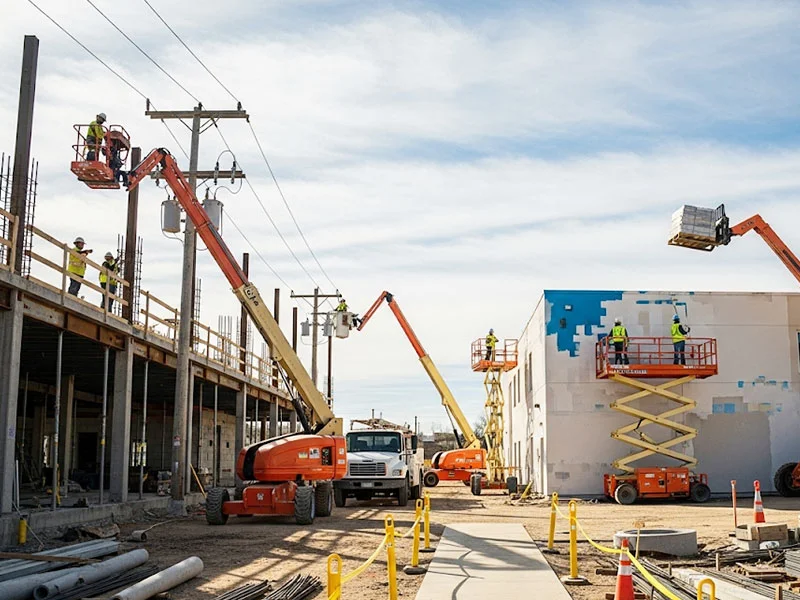
Summary
From the expansive reach of a telescopic construction boom lift to the nimble precision of a vertical mast lift, these machines are indispensable tools that elevate safety and efficiency on construction sites worldwide. Understanding the unique capabilities of each type allows professionals to select the optimal equipment for their specific needs, ensuring projects are completed safely, efficiently, and to the highest standards.
Frequently Asked Questions
Q: What is the main difference between an articulating and a telescopic construction boom lift?
A: An articulating boom lift has multiple sections that “knuckle” or bend, allowing it to reach over and around obstacles. A telescopic boom lift has a straight arm that extends outward, offering greater horizontal reach and higher weight capacities.
Q: Are scissor lifts considered a type of construction boom lift?
A: While often used for similar elevated access tasks, scissor lifts are not typically categorized as “boom lifts.” Boom lifts are characterized by their extendable arms (booms), whereas scissor lifts use a series of crisscrossing supports to raise a vertical platform.
Q: What safety precautions should be taken when operating a construction boom lift?
A: Essential safety precautions include proper training and certification, conducting pre-operation inspections, wearing appropriate personal protective equipment (PPE) like harnesses, maintaining a safe distance from power lines, and adhering to the manufacturer’s load capacity limits.
Q: Can a towable boom lift be used on rough terrain?
A: While some towable boom lifts have enhanced tire treads for mild rough terrain, they are generally best suited for relatively flat and stable surfaces. For truly rough or uneven terrain, a self-propelled rough terrain construction boom lift or tracked scissor lift would be more appropriate.
